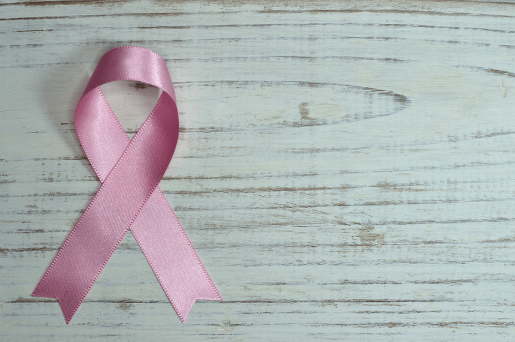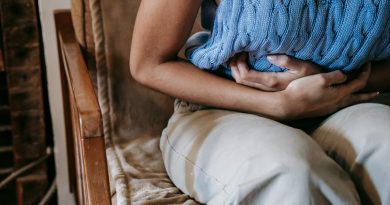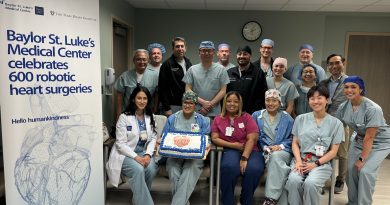Duchess of York – Why she had a mastectomy and why mammograms matter
During a regular mammogram screening, Sarah, the Duchess of York, discovered that she had breast cancer. She recently underwent a successful surgery to treat the condition. In a prerecorded episode of her podcast, “Tea Talks with the Duchess and Sarah,” the 63-year-old duchess, fondly referred to as “Fergie” due to her surname, Ferguson, emphasized the importance of undergoing screenings and encouraged her listeners to do the same.
“Tomorrow I’m going in for a mastectomy,” she said in the interview recorded the day before her surgery. “I want every single person who is listening to this podcast to go get checked, go get screened, and go do it.”
 The duchess shares she had a mastectomy, which involves the complete removal of the breast tissue, including the nipple and areola. Other breast cancer surgery options include a lumpectomy, also known as breast-conserving surgery, which involves the removal of the tumor along with a small margin of healthy tissue; and a double mastectomy, or removal of both breasts.
The duchess shares she had a mastectomy, which involves the complete removal of the breast tissue, including the nipple and areola. Other breast cancer surgery options include a lumpectomy, also known as breast-conserving surgery, which involves the removal of the tumor along with a small margin of healthy tissue; and a double mastectomy, or removal of both breasts.
“It is essential for individuals to have a thorough discussion with their healthcare team to determine the most appropriate surgical approach for their specific situation,” says Dr. Alastair Thompson, Olga Keith Wiess Chair of Surgery and co-associate director for clinical research at the Dan L Duncan Comprehensive Cancer Center at Baylor College of Medicine, who was not involved in the healthcare of Sarah Ferguson. “The choice of surgical treatment for breast cancer depends on various factors, including the size and stage of the tumor, the presence of genetic mutations, personal preferences and the advice of medical professionals.”
The duchess was symptom-free before her cancer diagnosis and says her experience illustrates the importance of regular screening.
Thompson agrees. “Undergoing an annual screening mammogram holds the potential to lessen the intensity of treatment required for women diagnosed with breast cancer. In addition, the sooner we detect cancer, the better chance we have to beat it. In fact, when detected early, the five-year survival rate of breast cancer is 99%.”
Early detection for breast cancer should include self-exams, clinical breast exams and mammograms. Women who are 40 and older should have yearly mammograms. Those with risk factors for breast cancer like smoking, birth control use or history of cancer may be advised by their doctor to start screenings before 40.
By Tiffany Harston, communications associate in the Michael E. DeBakey Department of Surgery at Baylor College of Medicine



